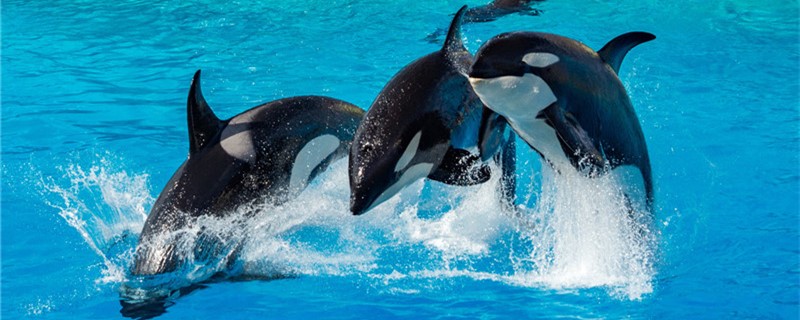
Although orcas live in water, they are not fish, and their habits and characteristics are quite different from those of fish. Killer whale is a kind of whale, which belongs to Mammalia and is an aquatic mammal. Killer whales have some very prominent characteristics that are consistent with all mammals. For example, killer whales need lungs to breathe, not gills like fish, and the efficiency of breathing with lungs is relatively high. In addition, the reproductive mode of killer whales is viviparous, which is quite different from the oviparous mode of fish. After giving birth to a baby killer whale, it will go through a period of lactation, which is also a prominent feature of killer whales as mammals.
As mentioned above, the killer whale belongs to mammals and also to viviparous animals. Unlike the way fish lay eggs, killer whales directly produce small whales. Female orcas give birth about every three to five years. After the female orca is pregnant, the pregnancy period is about one year. In general, female orcas can only produce one orca calf at a time. After the birth is the process of lactation, lactation will be in about a year. During the period of lactation, the growth rate of killer whales is very fast. They can gain a lot of weight even within the first 24 hours of breastfeeding.